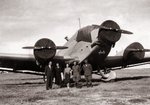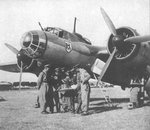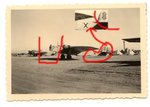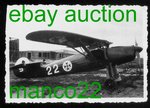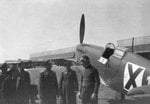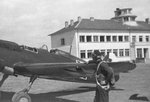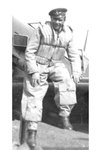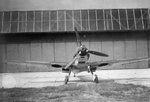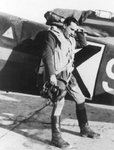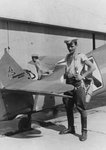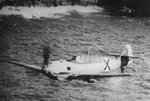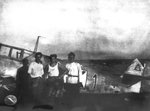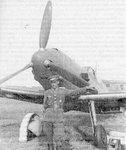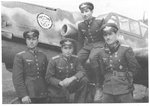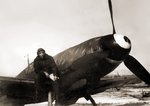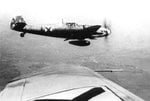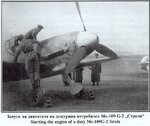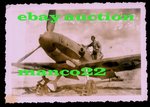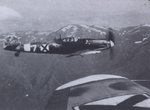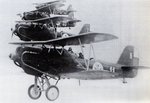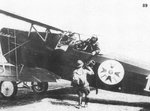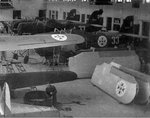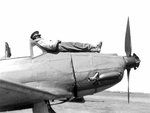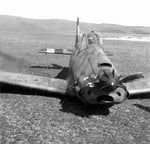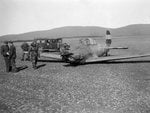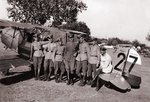- Thread starter
- #41
By 1932, the German airline, Lufthansa, had sufficiently recovered from the economic woes of the 1920's to put in service a three-engine civil transport plane, the Junkers Ju 52/3m. Based on a short-lived single engine model, the Ju 52 first flew in April 1931 and quickly became the workhorse of both the airline and the reviving Luftwaffe, with a standard passenger-carrying load of 17. During the Spanish Civil War, the Ju 52 ferried more than 10,000 Moorish troops from Morocco to Spain, as well as dropping 6000 tons of bombs. With three BMW engines of 725 horsepower each, the Ju 52 had a maximum speed of 171 mph and a range of 800 miles. For air defense and tactical ground support the bomber carried two 7.92 machineguns and could be fitted with a variety of bomb racks as the need arose; the plane's trademark corrugated skin produced a very solid airframe.
By the beginning of World War Two over 1,000 Ju 52's were in service; eventually a total of 5,000 planes would fly the Nazi colors performing every imaginable mission from troop transport to mine-laying on all fronts. During the war some thirteen 'variations on a theme' saw improved radios, interchangeable float/ski/wheel landing gear (indicating the wide range of Luftwaffe requirements), better armor and engines, and heavier defensive armament.
By the beginning of World War Two over 1,000 Ju 52's were in service; eventually a total of 5,000 planes would fly the Nazi colors performing every imaginable mission from troop transport to mine-laying on all fronts. During the war some thirteen 'variations on a theme' saw improved radios, interchangeable float/ski/wheel landing gear (indicating the wide range of Luftwaffe requirements), better armor and engines, and heavier defensive armament.

